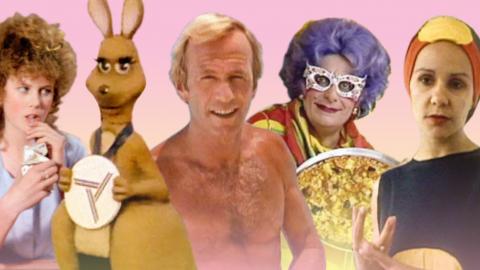

1960s
1960s Australia – fashion, pop culture and events
The 1960s was one of the most tumultuous and divisive decades in world history – including in Australia.
It saw the birth of the civil rights movement, greater moves towards equality for women in the workplace and the beginnings of legal recognition for Aboriginal and Torres Strait Islander peoples.
A US President visited these shores for the first time and an Australian prime minister disappeared. Humankind walked on the moon and Beatlemania swept the nation. We converted to decimal currency and created a TV show about a kangaroo that was seen around the world.
This collection highlights some memorable moments from Australia in the 1960s.
WARNING: this collection contains names, images or voices of deceased Aboriginal and Torres Strait Islander people.
Please note: This online collection is reflective of wider content gaps in the national audiovisual collection, particularly in relation to First Nations representation, cultural and linguistic diversity, and gender diversity. The NFSA is addressing these gaps through proactive and targeted collecting activity, building First Nations representation in the collection, and facilitating repatriation of First Nations content where appropriate, in partnership with First Nations people, communities and organisations.
The National Film and Sound Archive of Australia acknowledges Australia’s Aboriginal and Torres Strait Islander peoples as the Traditional Custodians of the land on which we work and live and gives respect to their Elders both past and present.


